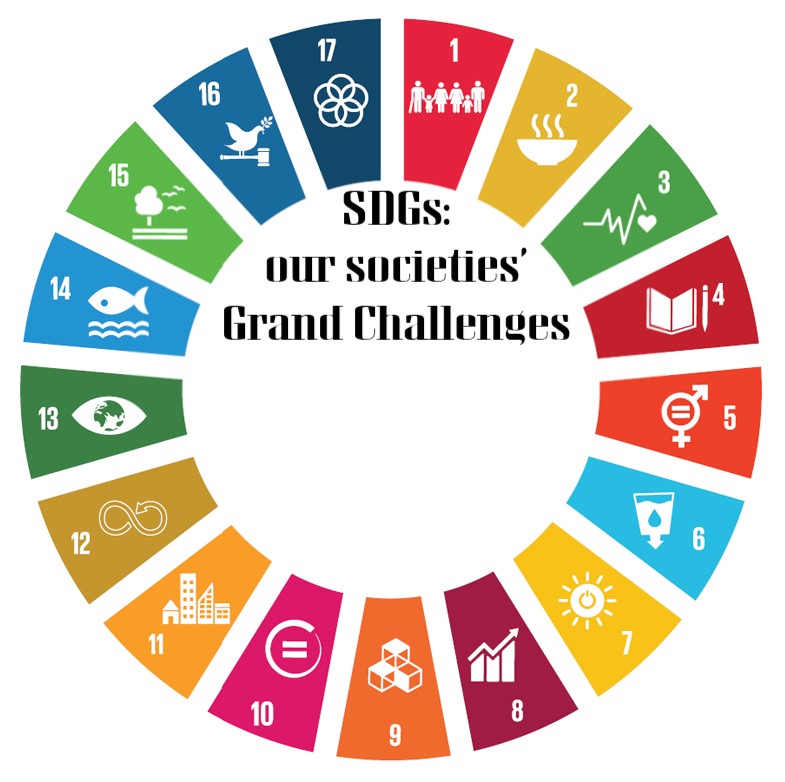by Luisa Murphy
In academia -especially for young researchers- there seems to be only one way to the top: publish frequently and in well-regarded journals. This pressure however may sometimes come at the expense of academic quality. As with other things, good research sometimes just needs time. Unfortunately, infrequent publishing might be followed by less recognition, and funding might be more difficult to obtain in the short-term. Eventually, one might lose the opportunity to move up the career ladder. In a nutshell: Publish or perish.
The pressure of frequent publishing
My experience is that the phrase seems to ignite a range of emotions from rage to acceptance among academics. This can be a conversation starter or something that inevitably comes up in conversation. The dilemma is also at the epicenter of different symposia, conferences and other scholarly debates. The woes of the publish or perish dilemma are manifold. To name a few, ‘salami slicing’ e.g. taking one idea or dataset and reusing it in various papers, disillusionment with the publishing process and lack of creativity. Yet, few researchers investigate the publish or perish dilemma and why it endures (de Rond & Miller, 2005). In essence, is it the publish or perish dilemma that is the problem, or are we?
Below, I briefly introduce the birth of ‘the publish or perish’ dilemma and then delineate a few points on what I call the short-term pleasure dilemma of the publish or perish dilemma. I conclude with a few questions to consider what a ‘publish or perish’ free world would look like. I suggest that paradoxically, we might enjoy the publish or perish dilemma because it provides short-term gratification in a long-term context. In this age of publish or perish, I should note that I am by no means a gratification theory scholar and raise these questions based on my own personal experiences in academia for further research purposes.
To publish or to perish
The idea behind the publish or perish dilemma is often traced back to two studies by the Carnegie and Ford Foundations in the mid-1950’s which looked at the state of business education in the US. The findings of the studies deplored the lack of intellectual relevance and dynamism, analytical prowess and lack of high quality journals in organization sciences (de Rond & Miller, 2005, citing Gordon & Howell, 1959, pp. 355, 379). As a result, research which had been on the backburner compared to teaching endeavors became the hallmark, or at least of equal significance, to teaching in academic organizations (ibid). The idea also traveled to Europe with similar studies conducted in the UK and France in the 1960s and 70s and has since spread like wildfire globally. In essence, with the prevailing publish or perish idea, there has been a focus on publishing in top-tiered peer reviewed journals, citation impact factors and tenure rewarded as a result of publications. This has led to the criticism that scientific quality e.g. innovation and intellectual inquiry has come at the expense of publishing expeditiously to move up the career ladder. One example of these costs is the phenomena of “rogue publishers” or journals which offer to publish (often younger scholars) at a fee thereby abusing the peer-review system.
Short-term gratification?
Taking this into consideration, I suggest some areas that require further research (to do at another time due to the publish or perish dilemmaJ) which suggest that the publish or perish system endures because it provides short-term gratification in a long-term academic game.
Publishing frequently
While it has been argued that publishing frequently comes at the expense of originality and innovation, academics also cite deadlines such as paper calls and conferences and the review process itself as means to work through ideas and enable them to come to fruition. This suggests that there may be some short-term gratification that results from publishing often as opposed to waiting years for a high-quality idea to emerge and be published. On the contrary, if the idea might not amount to something publishable, the review process may be a way to root it out. Clearly, the inverse is also true e.g. that great ideas and theories are obviously not developed in a day but short-term gratification might be attained from delivering frequent outputs.
Publishing in top-tiered peer reviewed journals
Publishing in top-tier peer-reviewed journals has been a source of great contention as many argue that the process forces publications into certain conversations and might prize certain discourses, that the metrics which rank journals are problematic and that the peer-review process itself is rife with transparency, bias and time allocation issues. Yet, publishing in top-tiered journals also provides scholars with a sense of pride, inclusion into an academic conversation and sense of accomplishment. Again, there seems to be a sense of short-term gratification related to publishing in top-tiered peer reviewed journals: scholars develop a certain prestige, are able to network and communicate with others in the community and use a yardstick to measure their progress. Given that senior scholars do not need to prove themselves to the same extent that junior scholars do, it can be argued that gratification might be more of a short-term benefit.
Moving up the career ladder
Publishing frequently and in top-tiered peer reviewed journals is the ticket to advancing in academia. But once you move to the top, there is likely less gratification received from publishing in top-tiered journals and publishing frequently. Therefore, it is likely more gratifying in the short-term to publish frequently and in top-tiered journals because they can lead to career advancement.
The short-term publish or perish pleasure dilemma or an alternative?
Taking these factors into consideration, the question remains as to whether this short-term gratification is at the expense of the long-term. This raises the question as to what the alternative would look like. Presumably, it would involve publishing less frequently, in journals of the author’s choice and using other metrics for evaluation. What do you think? Is this what the new generation of academics should strive for or should we continue to play the game and enjoy the short-term gratification / pleasure dilemma like eating a Snickers bar?
Reference
De Rond, M., & Miller, A. (2005). Publish or Perish: Bane or Boon of Academic Life? Journal of Management Inquiry, 14(4), 321-329.
Luisa Murphy is a PhD Fellow at Copenhagen Business School and supported by the VELUX Endowed Chair in Corporate Sustainability. Her research examines governance for anti-corruption. She brings a human rights and business background from the University of Oxford and legal experience from the Antitrust Division of the United States Department of Justice.
Photo by Simson Petrol on Unsplash.



